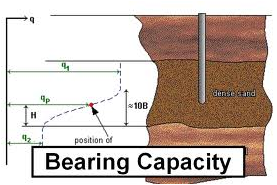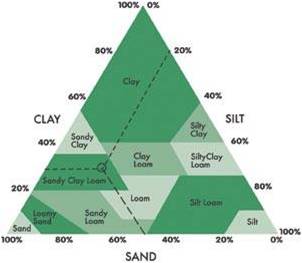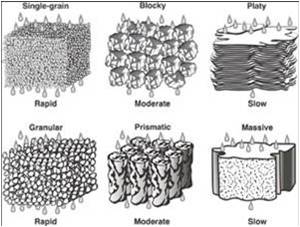Practitioner's Tool / Soil Texture and Structure
Knowledge of the soils' texture and structure is necessary when designing soils-based effluent disposal systems (leach trenches) and assessing the bearing capacity of the soils for installing large tanks.
Wastewater tanks can be extremely heavy when full. Avoid problems of differential settling or soil failure by always testing for soil bearing capacity as part of your site evaluation procedures.
Performing a Soils Evaluation for Wastewater Treatment Systems
In cities and even the peri-urban areas of the Asia-Pacific region, land is often the limiting factor when considering soils-based leaching systems for effluent disposal. However, for homes, businesses or resorts in remote areas or rural settings where more land is available, leach trenches may be ideal options due to their low cost and ease of construction.
Understanding the soils is the key to designing soils-based effluent disposal systems and is an important component of the overall site assessment. Knowledge about soils at a particular site is also important for construction of the septic tank as the soils’ composition, depth to bedrock, and the presence of groundwater may have a bearing on the overall design.
Soil Texture and the Soils Triangle
Soils are composed of individual particles of sand, silt and clay, as well as organic matter in various stages of decomposition. The soils triangle shown to the left was developed to classify a soil sample based on its texture, which is based on the relative amounts of sand, silt and clay. Once a soil texture has been identified, you can readily obtain information about the nature of the soils.
Determining the percentages of sand, silt and clay is accomplished by passing soils through soils sieves with different mesh sizes that separate the soil particles by size into the three categories of texture. By reading the percentages of each along the sides of the soil triangle, the evaluator determines the overall soil texture. Experienced soils engineers can evaluate soils by feel as follows:
Sand: Feels gritty between the fingers
Silt: Feels like talc or flour'
Clay: When moist, it can be rolled into long ribbons between the fingers
Considerable work has been done to equate soil texture with permeability. This is most important for considering soils-based leaching systems. For example, sand, loamy sand, and sandy loam soils readily absorb moisture. Clay and silty clay soils are slowly permeable and may not be suitable for on-site effluent discharge.
Soils Structure
In addition to the soil texture, how the soils were laid down over geologic time influences how water moves through the soils. Soils structure is determined by physical evaluation in which the evaluator breaks down soils into individual pieces or "peds" and compares them with the diagram to the right. Grainy soils of single grains are usually permeable and transmit water readily. Peds that form blocky or prismatic structures are moderately permeable, and massive soils or peds that form platy structures as shown above are generally slowly permeable.
One of the best clues to the ability of water to move through soils is the presence of roots. Plant roots require oxygen and will not grow in soils zones where oxygen is limited by soil density or presence of groundwater. Large and well-developed root systems in soil samples are a strong indication that water will move effectively through the soil.



